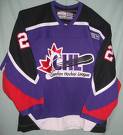
The Canadian Hockey League is big business, so why are the players still left out in the cold?
(RC Note: This piece by Ken Campbell appeared in the October 17, 2006 issue of The Hockey News. Having just read Russ Conway's "Game Misconduct" and Marvin Miller's "A Whole Different Ballgame", this union based ideology piece struck me immediatly as points that were long overdue in correcting the mismanagement of what are essentially gifted children at the hands of greedy owners. It is very revealing to note what really does go on in junior hockey. Though Campball is practically campaigning for a union advisory position in the CHLPA with his piece, it is hard to disagree with these facts and his remedies. I made note of a single point that I do not see eye to eye with. It is in itallics.)
The Red Deer Rebels of the Western Hockey League list 110 sponsors on their website. Perhaps they should just list the businesses in town that don't support them. After all, they've got everyone from Green Apple Hair to Little John's Toilets.
On a Friday night at the Enmax Centrium (note the corporate sponsor), it's not uncommon for Brent Sutter's team to sell $50,000 in beer, all Molson's, another corporate bootlicker.
No wonder Sutter doesn't yet have any interest in coaching in the NHL. When you own a team that turns a reported $2 million profit on the backs of teenage boys, why would you want to enter the hornets nest known as the New York Islanders?
Mark and Dale Hunter make more money now than they ever did as NHLers with a team that makes somewhere in the neighborhood of $4 million per year. Back in 2000, they bought a decrepit arena and a middling London Knights team for $5 million and have turned it into an enterprise that would fetch $16-20 million if they were to sell. They occupy a city built state of the art arena and get just about all the revenues from it.
Yes, this is the 21st century and junior hockey is big business. And business is very, very good.
But the time has come for the talented teens of junior to unite and form the Canadian Hockey Players Association.
Luxury suites are being added all over the CHL, ticket prices are going up and the owners are taking in more money than ever before, but player costs have hardly changed in 30 years.
And for all of this, what do the players get? They have the privelege of often playing three games within the space of 48 hours for about $50 dollars a week - plus a gas allowance of five dollars a week. They get to wake up one morning and find out they have just been dealt to Moose Jaw. If they play for Kevin Constantine, they get to sit in their stinking, wet hockey equipement through a post-game meal and a four hour bus ride home after losing a pre-season game.
(And the NCAA isn't much better. A scholarship isn't a four year "free ride" - it can be revoked at any time.)
A good many players "graduate" from the CHL with few discernable skills and a promised paid-for education that evaporates because they signed a pro contract. And they get all of this in exchange for the hope they might be the one who defies the odds and becomes an NHL player.
Last season, for example, a total of 1,772 players appeared in at least one game in the 58 team CHL. Just 280 of them, or 16.3%, were either already drafted by an NHL team or were taken in last June's entry draft. Let's say, for argument's sake that two-thirds, or a little more than 1,100 of them, were draft eligible, which brings the percentage of those drafted up to 24.3.
Let's now assume about 20 per cent of those drafted go on to enjoy substancial NHL careers. That means that just 4.9 per cent of those players will go on to regular employment in the NHL.
Which is exactly why major junior players so desperately need the protection of the CHLPA and here is what they should demand in their first contract.
A starting salary of $300 per week, with raises of $50 per week with every season of service. Half of the money would go to the player with the other half going to a trust fund that would be cashed out when the player leaves junior hockey, the $300 figure is based on 30-35 hours a week the player spends on hockey with a starting salary of about $10 per hour.
A real education package. Here's a dirty little secret about junior hockey and paid education: the owners hate parting with that money. That's why when they are faced with a player cashing in, they start calling NHL teams in a desperate bid to get him signed so they can be off the hook. Education packages should be based on years of service, not where the player was drafted.
No in-season trades involving players who are students in good standing at a high school or post secondary institution.
The abolishment of the draft, which would allow players far more choice over their destinies. (I do not agree on this point. Just what junior needs - a 1,000 Eric Lindros', all wanting to play near Toronto. It would kill a dozen franchises, never mind rob the QMJHL of it's more marketable talents).
Former Calgary Flames GM Craig Button once proposed drafted players who have graduated from junior be allowed to remain on NHL reserve lists even if they go on to play Canadian university hockey. The universities and the NHL loved the idea, but it was rejected by the CHL because the operators knew it would cost them too much money. That must be retained.
If someone could rally these players and their parents, they would be a formidable force. If the players went on strike, where would the CHL find more than 1,000 teenage replacement players on short notice? How would the NHL, which gives the CHL about $5 million a year in developemental money, feel if their best prospects were carrying picket signs?
The time is now for junior players to unite. You have nothing to lose but your $50-a-week salaries.










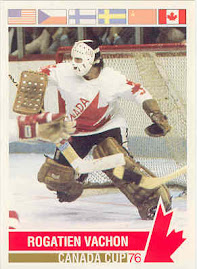
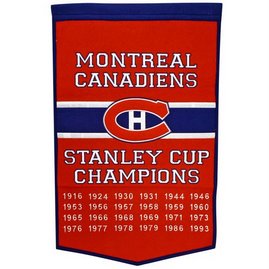







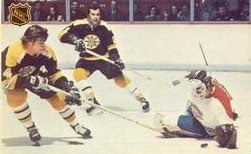





















































































































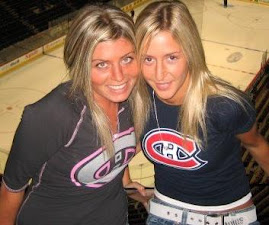
















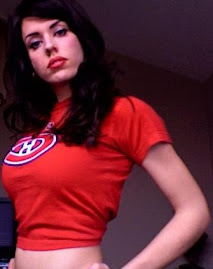

2 comments:
If I can help out as a player parent slip me an email at hockey@winning.com
I think it might be difficult to get 16 and 17 year old players to say or do anything because they are fighting to get ice time and are afraid to say a word about anything to a coach or GM. By the time players reach 18 or 19 they see the light at the end of the tunnel. A chance at the AHL leading to other possibilities or the opposite being just one more year then back home ,so why bother making waves.
Any drive for fairness would have to be directed to Parents and Agents because this is were these young men look for direction, or money for new blades for their skates.
Its really a sad situation when people talk about sweat shops in third world countrys like Tiawan,yet ignore it right here in Western Canada.Don Cherry were have you been on this one?
Post a Comment